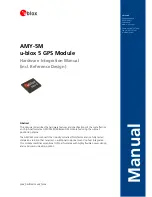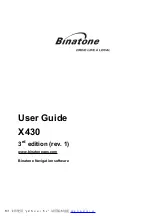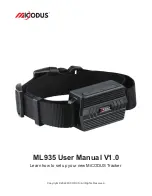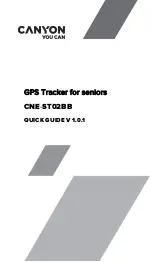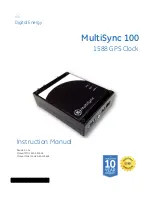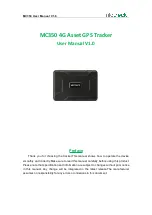
your position is our focus
4.6.10 DGPS (Differential GPS)
ut
the
RTCM
protocol
refer
to
Section 4.4.5
.
e Based Augmentation Systems)
the
total
number
of
satellites
used,
which
is
16
for
ANTARIS
®
4
based
products.
Each
S
,
which
b
emeris
or
almanac
information,
can
be
used
for
navigation,
just
like
a
n
ellite.
For
receiving
correction
ANTARIS
®
4
st
SBAS
satellite
as
its
primary
source.
It
will
se
since
the
dundant
and/or
c
istent.
T
rmined
by
the
proximity
of
the
GEOs,
the
services
offered
by
t
nfigura
e
allowed/disallowed,
Integrity
enabled/disabled)
and
the
signal
the
In
ns
are
a
DGPS
flag
is
set
outpu
T
rtant
SBA
RIMS
of
a
regio
the
G
GEO
For
information
abo
4.6.11 SBAS (Satellit
4.6.11.1
SBAS Features
ANTARIS
®
4
is
capable
of
receiving
multiple
SBAS
satellites
in
parallel,
even
from
different
SBAS
systems
(WAAS,
EGNOS,
etc.).
They
can
be
tracked
and
used
for
navigation
simultaneously.
Up
to
three
SBAS
satellites
can
be
searched
in
parallel
and
every
SBAS
satellite
tracked
of
receiver
channels
limits
utilizes
one
vacant
GPS
receiver
channel.
Only
the
number
BAS
satellite
roadcasts
eph
ormal
GPS
sat
data,
the
GPS
receiver
automatically
chooses
the
be
lect
only
one
information
received
from
other
SBAS
GEOs
is
re
ould
be
incons
he
selection
strategy
is
dete
he
GEO,
the
co
tion
of
the
receiver
(Testmod
link
quality
to
GEO.
case
correctio
vailable
from
the
chosen
GEO
and
used
in
the
navigation
calculation,
the
in
the
receiver’s
t
protocol
messages.
he
most
impo
stations
S
feature
for
accuracy
improvement
is
Ionosphere
correction.
The
measured
data
from
n
are
combined
to
a
TEC
(Total
Electron
Content)
Map.
This
map
is
transferred
to
PS
devices
via
the
s
to
allow
a
correction
of
the
ionosphere
error
on
each
received
satellite.
Figure 84: Examples of a TEC-Map over Europe
GPS
Modules
-
System
Integration
Manual
(SIM)
(incl.
Reference
Design)
Receiver
Description
GPS.G4-MS4-05007-A1
Page 105


































